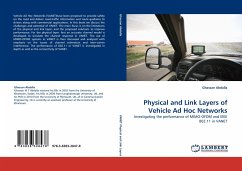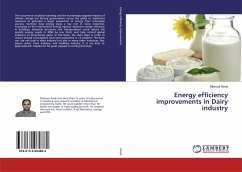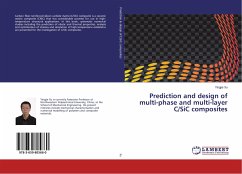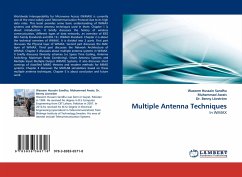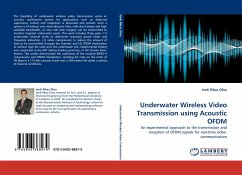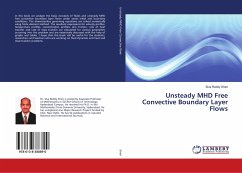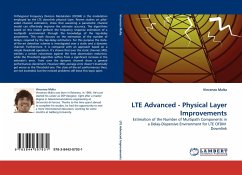
LTE Advanced - Physical Layer Improvements
Estimation of the Number of Multipath Components in a Delay-Dispersive Environment for LTE OFDM Downlink
Versandkostenfrei!
Versandfertig in 6-10 Tagen
32,99 €
inkl. MwSt.

PAYBACK Punkte
16 °P sammeln!
Orthogonal Frequency Division Modulation (OFDM) is the modulation employed by the LTE downlink physical layer. Recent studies on pilot-aided channel estimation, show that assuming a parametric channel model can effectively improve the estimate accuracy. The algorithms based on this model perform the frequency response estimation of a multipath environment through the knowledge of the tap-delay parameters. This work focuses on the estimation of the number of delays, required by the tap-delay estimators. For this purpose the state-of-the-art detection scheme is investigated over a static and a d...
Orthogonal Frequency Division Modulation (OFDM) is the modulation employed by the LTE downlink physical layer. Recent studies on pilot-aided channel estimation, show that assuming a parametric channel model can effectively improve the estimate accuracy. The algorithms based on this model perform the frequency response estimation of a multipath environment through the knowledge of the tap-delay parameters. This work focuses on the estimation of the number of delays, required by the tap-delay estimators. For this purpose the state-of-the-art detection scheme is investigated over a static and a dynamic channel. Furthermore, it is compared with an approach based on a simple threshold operation. It's shown that over the static channel, MDL exhibits a certain robustness against the time observation reduction, while the Threshold algorithm suffers from a significant increase in the estimate's error. Tests over the dynamic channel show a general performances decrement. However MDL average error doesn't drastically get worse as the Threshold one. The state-of-the-art performances then, are not exceeded, but the noticed problems still leave this topic open.



